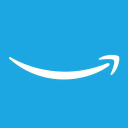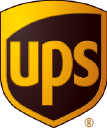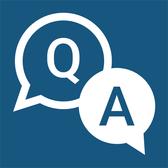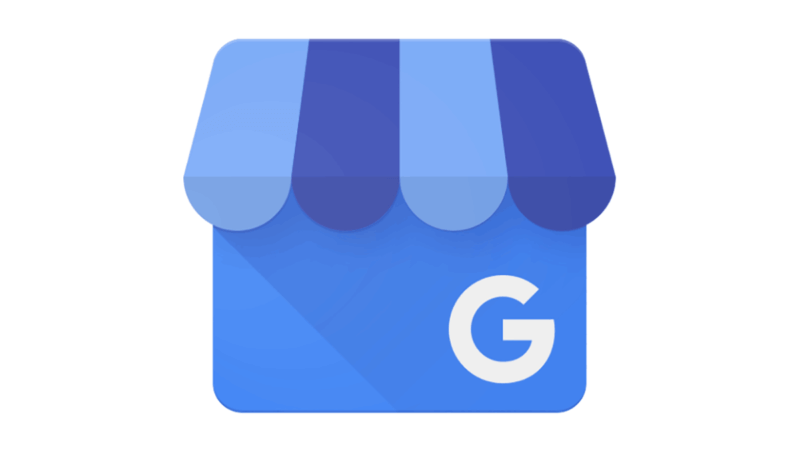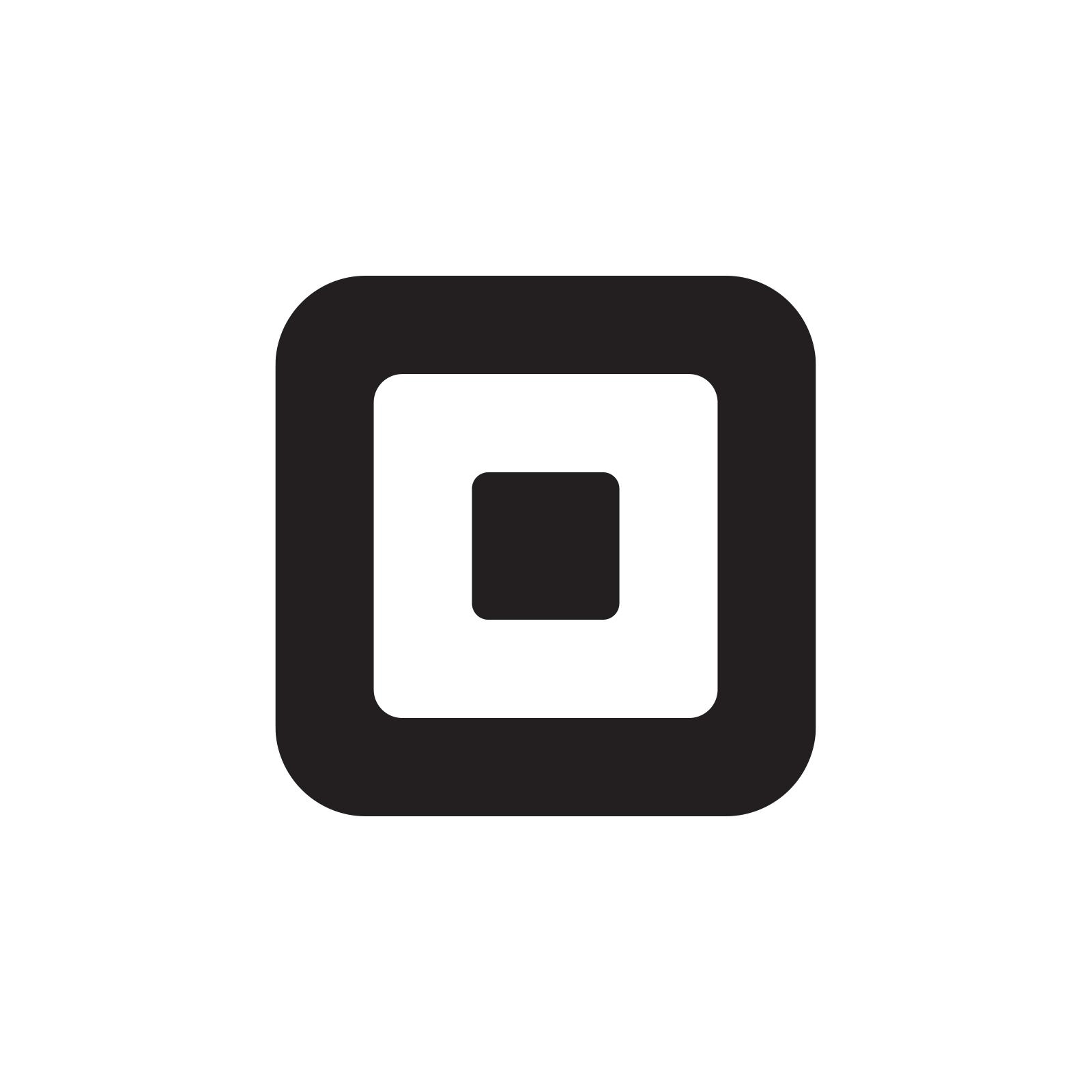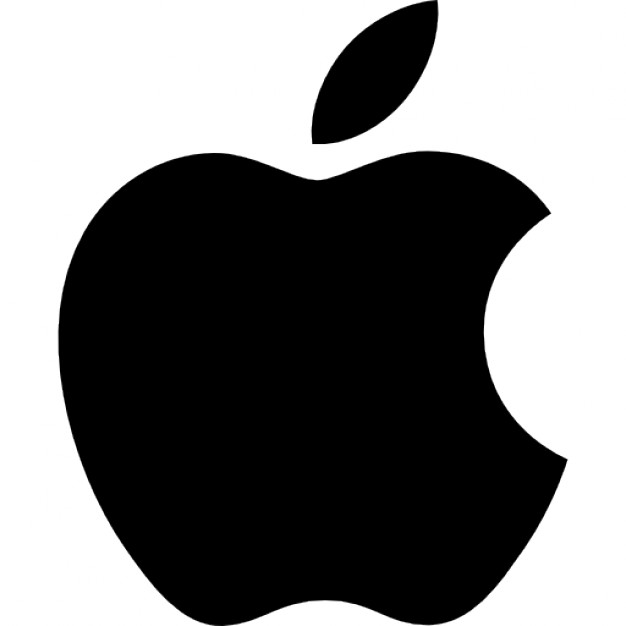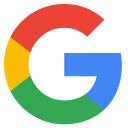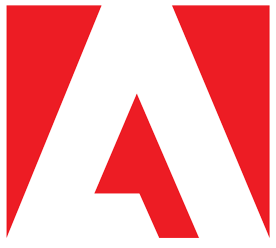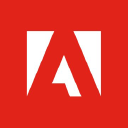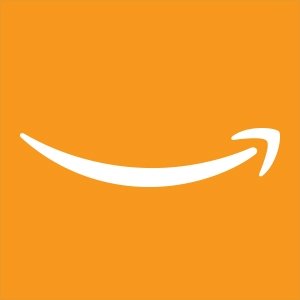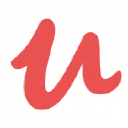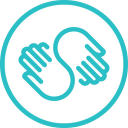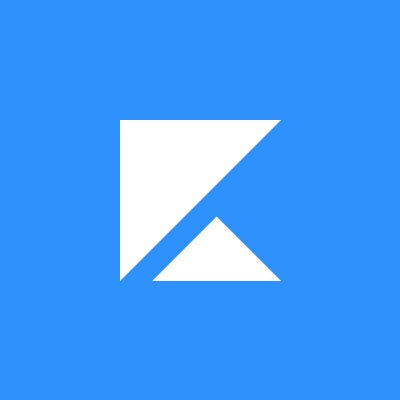How I Started A $60K/Month Sewn Product Development And Manufacture Business
Hello! Who are you and what business did you start?
My name is Rocio Evenett and I’m a co-founder of Sewing Incubator. We launched in January of 2020 to offer sewn product development (from idea to prototype sample) and manufacture from our own factory in Los Angeles.
Our clients are entrepreneurs from all walks of life who want to launch an American clothing or product line for the first time or industry professionals who want to update their skills to meet the demand of changing manufacturing industry.
Our Product Toolbox guides entrepreneurs through the design and manufacture of their 1st product and at the end of the program, they have a product ready to sell directly to consumers.
Pro CAD Toolbox gives professionals all the tools they need to support the apparel manufacturing industry from home and gives them access to CAD technology that was out of their reach just a few years ago.
We are increasingly working with more influencers on collaborations where we design and manufacture exclusive products and they introduce those products to their online communities.
We’ve been averaging $60K monthly revenue for 2020, but at the height of the emergency shutdowns, we were generating close to 100K while we pivoted to help with the high demand for PPE Made in the USA.

What's your backstory and how did you come up with the idea?
I got my first toy sewing machine when I was 3, and can honestly say that it was the start of my career in the Garment Industry.
My parents decided to move from NY to Mexico City when I was 4, and I carried on making outfits for my GI Joes until I felt comfortable enough learning Spanish and making friends.
After living in Mexico City for 11 years, I moved to Los Angeles to start high school there and ended up starting my first “business” selling custom outfits to the popular girls who loved showing up to parties wearing something nobody else could buy.
When I was 17 and still in High School, I attended college at night and on the weekends to study Fashion Design/Merchandising and Costume Restoration.
By the time I finished high school I couldn’t be bothered to go back to college and got my first job in the Garment Industry as an assistant designer for a company that (back then) was developing and manufacturing in Los Angeles.
In the early 90s, my employer laid off many creative positions due to a recession, and I was only spared because I took a position as a production assistant. This position allowed me to gain a much better understanding of the challenges presented in the manufacturing process and I was very fortunate to be surrounded by a group of generous professionals who shared everything they knew with me.
By the mid-90s many brands started moving product development and manufacture to Mexico and eventually China.
In the late 90s, I started offering digital services online exclusively, which (along with a move to the UK) allowed me to study at London College of Fashion and take on consultancy projects for global brands such as Perry Ellis Europe, Zara, Mango, Puma, Burberry, Grenfell, Christian Dior, and apparel technology leaders such as Gerbing.
By 2010 I decided to move back to Los Angeles permanently and that’s when I realized the effects that 15 years of government-sponsored outsourcing had on the industry, decimating it to the point where only 3% of apparel was still made in America.
While the country was still recovering from the financial downturn of 2008, I realized that putting all our efforts into servicing clients “remotely” and focusing on direct-to-consumer brands was the way of the future.
In 2017 I realized that it was only a matter of time before Social Media could provide a viable business model for brands to sell directly, so started coming up with a plan to empower entrepreneurs to develop and manufacture unique products in the USA, and then in August of that year, a routine medical check-up came back as stage 3 cancer.
While undergoing cancer treatment for two years, I was able to work on a solid business plan that I would be ready to put into action when my treatment was completed in mid-2019.
Sewing Incubator was launched in January 2020 to create and support 10.000 local jobs by teaching entrepreneurs and small businesses how to launch and manufacture products in the USA while leveraging accessible technology.
You can never have too many contingencies in place. The best decision I made was to always plan for a disaster (literally) and have a contingency in place to mobilize when something goes wrong.
I knew from working with numerous brands for 30+ years that many of them had been founded by entrepreneurs without an industry background, and on the other hand, many small businesses manufacturing in the USA have not had access to affordable technology to update their services for a direct to the consumer market.
Take us through the process of designing, prototyping, and manufacturing your first product.
We are very selective with the type of collaboration we participate in, as we want to make sure it’s going to be the right fit for all involved. Our priority is to understand the type of person who is going to purchase the product and why they are going to choose our product… We always keep in mind that the outcome will directly impact the job security of each person involved in making the concept a reality
After we establish the product we’re going to be developing, the design, material sourcing, and prototyping can take as little as 1 week depending on material availability.
With prototypes approved, we finalize costing and finalize a plan to launch and manufacture (this is the easiest part for us).
The startup costs for an “all in one” setup like ours can range from 20K - 50K but the return on investment is fast.
In the 30+ years, I’ve been in the industry, the cost of regulatory compliance has been the main entrance obstacle, as the laws are implemented without much consideration for small businesses or start-ups.
Technical Design

Pattern Drafting

Sample Cutting

Sample Sewing

Prototype Samples

Describe the process of launching the business.
We launched in January of 2020 with a very rudimentary website that I built myself, relying mostly on the relationships built over time with consultancy clients to get our first orders.
If you don’t take the time to learn the basics of every aspect of your business, you’ll never be in a position to hire the right team to support you for growth.
The business was self-funded from savings and loans from family members. Factory equipment was acquired at liquidations for about $15,000 and CAD-CAM required a $10 000 investment.

The biggest lesson learned from the launch was that self-funding meant the difference between making it through 2020 or not… If we had relied on alternative lending to launch (which is the main type of lending available to start-ups) we would not have been able to meet our obligations when every client put their projects on pause in March 2020.
Since launch, what has worked to attract and retain customers?
The best way to attract customers is to make ourselves “irresistibly convenient” by offering a mix of services that are hard to find under one roof.
To retain customers, these days all you have to do is deliver results and trying to exceed expectations whenever possible.
Our marketing budget is based on the idea that happy clients will share voluntarily why they picked us over other companies that may offer similar products.
Due to the confidential nature of the projects we work on for clients, we can’t share any details through social media but if a client volunteers a review of our services we find that it’s a lot more valuable because in addition to the information they are sharing with prospective clients, they are also giving us valuable feedback on how we can improve our services.
We mainly rely on Linkedin and Instagram to bring awareness of how we are making manufacture accessible to more entrepreneurs instead of using it to run ads.
When we focused our attention to PPE, we tried to sell through Amazon but they took forever to allow us to open a sellers account and by the time we finally got one, someone from the Pentagon had found us through our Google / Yelp reviews to place an order for facemask (we had just received our CAGE number to sell to government).
I’ve always planned from the assumption that the only constant in life changes, so if social media and sales platforms are constantly changing, I can’t rely on any one of these platforms to build my business without also establishing brand recognition.
We bring existing customers back by setting them up for success, to begin with.
Reviews

Government PPE

Social Media Post

How are you doing today and what does the future look like?
Today we are grateful to have survived through 2020 barely profitable. With a gross margin of 15% and customer acquisition costs at nearly 0, we are hopefully optimistic that things will improve as more people get vaccinated.
We are uniquely positioned to increase the number of collaborations as our main sales channel, as this is what will sustain the highest number of local jobs.
We have a core team that has been working on fulfilling orders in between lockdowns, but we have plans to expand as demand for our collaboration products increases.
The long-term goal is to get through 2021 so that we can qualify for SBA loans to fuel our expansion.
Through starting the business, have you learned anything particularly helpful or advantageous?
I’ve learned through this process that you can never have too many contingencies in place. The best decision I made was to always plan for a disaster (literally) and have a contingency in place to mobilize when something goes wrong.
Having survived an 8.1 earthquake when I was a teenager, missing my train during the London bombings, surviving stage 3 cancer and (so far) surviving a pandemic has validated my approach of hoping for the best but planning for the worst.
I think the two most helpful abilities in business have been to learn to control my emotions and follow my intuition when something doesn’t feel right. I wrote a Linkedin article about this here.
What platform/tools do you use for your business?
RapidWeaver - Desktop application to design websites I like it because it’s easy to use and doesn’t require a monthly membership- (we used to create online price estimator and intake forms).
Webflow - Our website was designed using Webflow because it is a very robust platform that saves money in the long term because it has capabilities that take a fraction of the time to roll out compared to other platforms.
Filemaker - Desktop application to build database systems that I’ve used for 25 years. It’s very robust but very easy to use for anyone who is a moderate user of excel. Our entire Inventory, costing and workflow is managed through a custom Filemaker system that I’ve adapted to meet our needs as our business model evolves. The cost of 5 users is 8% of the cost of comparable cloud solutions that don’t even offer the same level of customization.
Fiverr - We wouldn’t have been able to stay in business through 2020 if it hadn’t been for all the professional freelancers that are now part of the team we rely on for social media, virtual assistance, customer service, web design, SEO, etc
What have been the most influential books, podcasts, or other resources?
Most influential business books:
- The Hard Thing About Hard Things: Building a Business When There Are No Easy Answers
- TransForm: Dramatically Improve Your Career, Business, Relationships, and Life: One Simple Step at a Time
- Jab, Jab, Jab, Right Hook: How to Tell Your Story in a Noisy Social World
Favorite Influencers:
- Vanessa Lau- Social Media marketing strategist
- Chris Do (The futur)- Inspired me to do for the sewn product industry what he did for the branding and graphic design industry
- Patrick Bet-David- His no-nonsense approach to business based on analysis and insight from completely different perspectives
Advice for other entrepreneurs who want to get started or are just starting?
Live and plan as if every day could be your last.
Don’t start a business on the assumption that (as a founder) you’ll be irreplaceable.
Your business plan should include a strategy to make yourself replaceable if something ever happened to you.
If you don’t take the time to learn the basics of every aspect of your business, you’ll never be in a position to hire the right team to support you for growth.
Are you looking to hire for certain positions right now?
We are currently working on securing funding to cover the costs of growing our team, so we may be adding new machinist positions in 2021
Where can we go to learn more?
If you have any questions or comments, drop a comment below!

Download the report and join our email newsletter packed with business ideas and money-making opportunities, backed by real-life case studies.

Download the report and join our email newsletter packed with business ideas and money-making opportunities, backed by real-life case studies.

Download the report and join our email newsletter packed with business ideas and money-making opportunities, backed by real-life case studies.

Download the report and join our email newsletter packed with business ideas and money-making opportunities, backed by real-life case studies.

Download the report and join our email newsletter packed with business ideas and money-making opportunities, backed by real-life case studies.

Download the report and join our email newsletter packed with business ideas and money-making opportunities, backed by real-life case studies.

Download the report and join our email newsletter packed with business ideas and money-making opportunities, backed by real-life case studies.

Download the report and join our email newsletter packed with business ideas and money-making opportunities, backed by real-life case studies.





